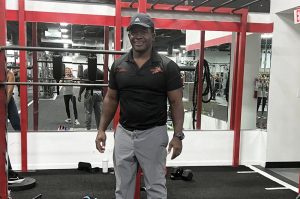Water, Water, Everywhere!
Living in a peninsula, we are mostly surrounded by water. Our beaches are beautiful and popular and a main spot for weekend or summer fun. Living in a tropical hot climate, most homes also have pools to freshen up or have water fun at home. But with water fun, it is important to be 100% cognizant of water safety and making sure all people are safe. That starts with making sure our children are knowledgeable, alert, and prepared to have a fun time safely.
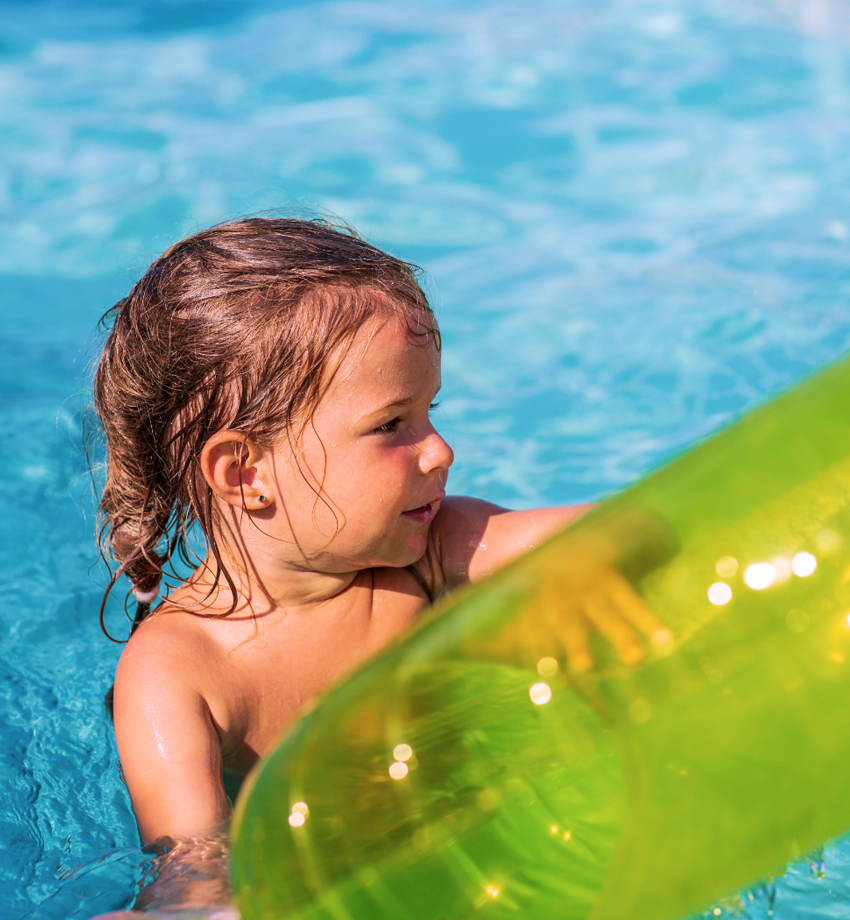
Christopher French is Acting Assistant Fire Marshall for the City of Oakland Park. Mr. French is very passionate “about this very crucial issue”, as he says. He recommends 10 very important steps to make sure your family will have safe water play for years to come.
The Preparation
First and foremost, any person, adult or child, that will be going in the water should know how to swim. Make sure to enroll your children in swimming lessons as early as possible. The risk of drowning is decreased by 88% when children ages 1 to 4 years take swimming lessons.
For emergencies, all adults should be well versed and practiced in CPR, or Cardiopulmonary Resuscitation. Knowing CPR can be the difference between life and death. Mr. French asks that you call Battalion Chief Monica Maldonado or Mr. French himself, at (954) 630-4559 for more information. Being CPR certified is like having insurance you hope to never need. And if in an event of an emergency, you may save a life and be very glad you got certified!
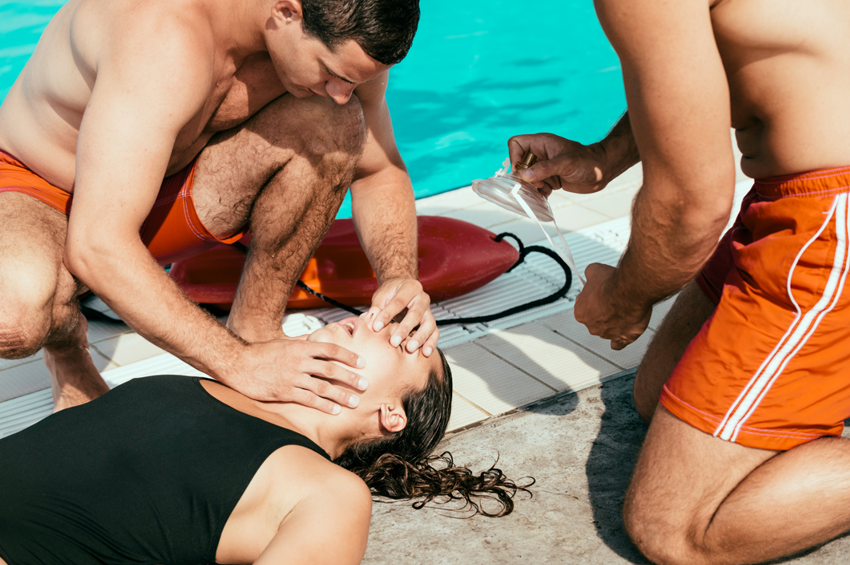
Supervision is a Must!
Mr. French says, “Children should always be supervised”. Whether you’re in a backyard, public pool, and or at the beach, always make sure there is a responsible, designated person to watch the water when children are swimming. He adds, “Ignore your phone”. It can take 5 seconds for a child to be submerged and 25 seconds to drown. Getting a text message or a phone call can wait. In the time one answers a text, or turns their back during a call, a child can suffer the unthinkable.
One must have a phone handy but reserve the phone for the case of an emergency. Calling 911 can literally a life saver in a water emergency. In effect, having your phone near you is a good idea, only to use it in an emergency. Also, very important to remember is the “buddy rule”. Always go swimming with a buddy. Mr. French says, “It is always best practice for swimmers of all ages, including adults”.
Secure the Area and Yourself
Knowing your surroundings is key. Even in a familiar setting like your backyard pool, all people should know how to enter or exit the pool. For example, it is safest to go in feet first. In fact – always enter the pool feet first. Serious injuries – including paralysis – can occur from diving headfirst into unknown water and hitting bottom. For private backyard pools, make sure to really know your pool and where the shallow and deep ends are located. Make sure to know where the ladders or steps are to enter and exiting the pool safely. The same can be said for when you are going to be by a pool one is not familiar with like a friend’s pool, public, or hotel/resort pools.
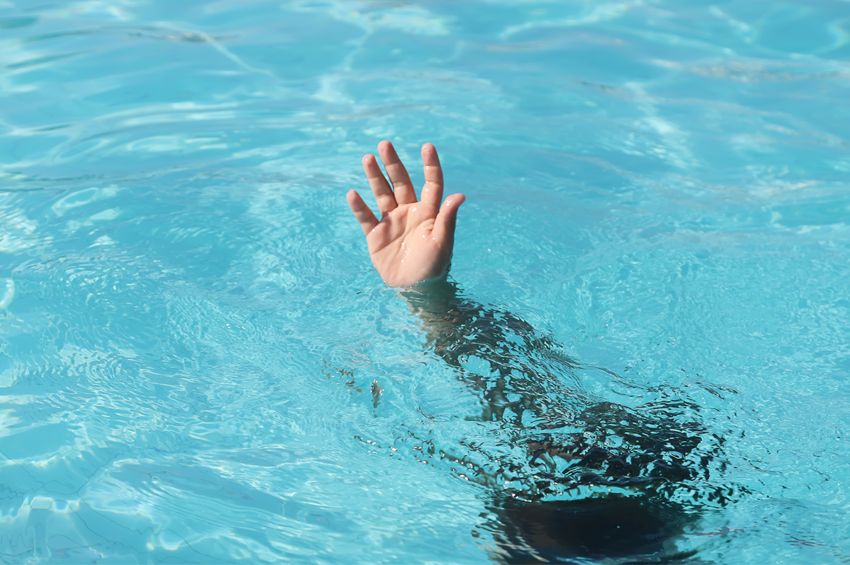
While at the beach it is important to make sure to watch out for rip currents and making sure one does not swim out too far. Back at the home pool, make sure to clear all clutter and pick up toys from around the pool area. When the pool is not in use, all toys must be cleared. Having toys near the pool may attract your children into the pool. It is best to keep them stored and out of sight.
It is also important to note that pool drains may also pose a danger. Limbs, hair, or clothing can become entangled if the drain is faulty. If you suspect the drain is not functioning properly, ask your local pool service provider to inspect the drain.
Additionally, keep a safety kit handy. Make sure to have a First-Aid kit that includes a pair of scissors to cut hair, clothing, or a pool cover. The safety kit should always be kept within easy reach in case of an emergency. Lifesaving equipment such as life rings and reaching poles are also highly recommended to have nearby.
Last But Not Least
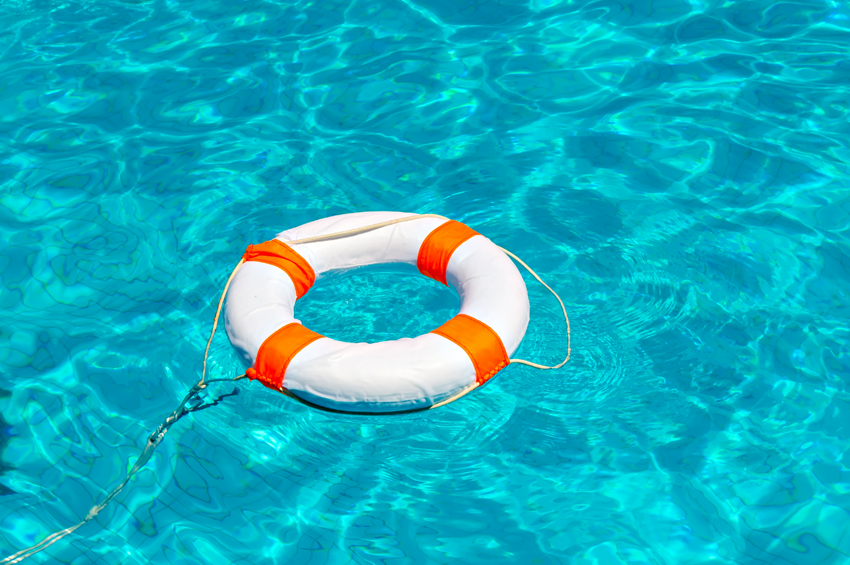
Whether at home, the local public pool, the beach, or anywhere where there will be swimming, make sure to follow and practice the utmost care and safety possible. If you’re not CPR certified, please consider becoming so. Swimming and water play should add to the happy memories of young children and families. By taking these safety precautions to heart tragedies can be avoided.
With May being Water Safety Month, and summertime coming around it is absolutely paramount that we all observe water safety at all times.
For more information, please feel free to contact Mr. Christopher French at (954) 630-4559.




















